This page includes information that may not reflect the current views and values of the Penn Museum.
Roman civilization traced its roots back to nearly 1000 BC and lasted in one form or another until 500 AD. During this time it spread from the tiny settlement that became the city of Rome to master a world that reached to the edge of Central Asia and included much of Europe. Its existence as a republic from the late 6th century BC to 31 BC had a profound effect on the formation of our own constitution, and its imperial government, initiated by the emperor Augustus (27 BC-AD 14), established a model for all subsequent world empires. No less importantly, Latin literature and Roman art have provided the foundation for much of the development of Western arts and letters since the Renaissance.
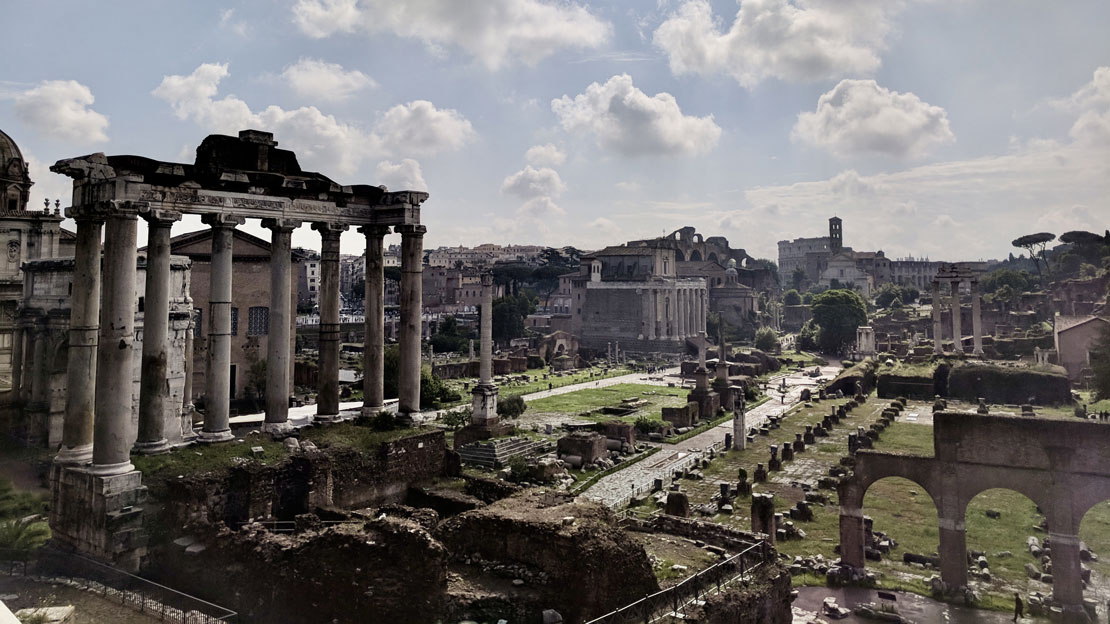
The demise of the western Roman Empire was a gradual process brought on by the resulting disorder of a politically weakened empire split between east and west, various incursions of barbaric tribes who reached the city of Rome itself in AD 410 and a general economic crisis.
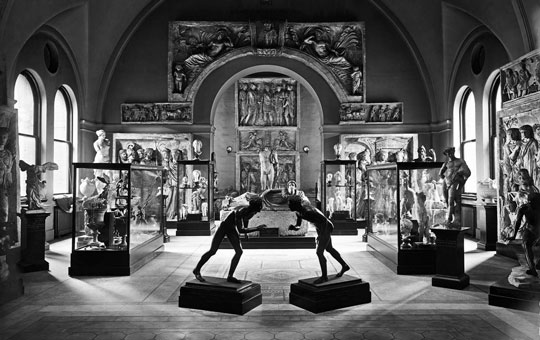
When the Museum opened in 1899, the displays in the Pepper Hall on the second floor, the core of the classical galleries, were a creative combination of cast replicas and archaeological collections acquired in Italy.
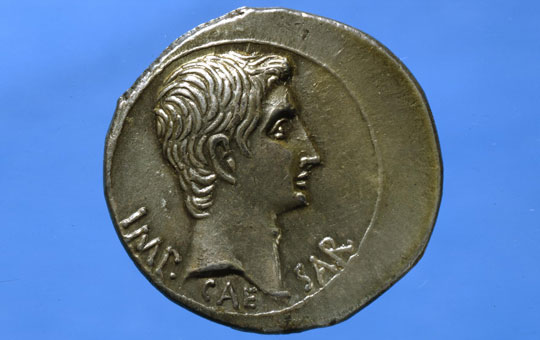
The Roman Republic had a representative form of government that divided power between the Senate and two consuls presiding over an array of lesser magistrates.
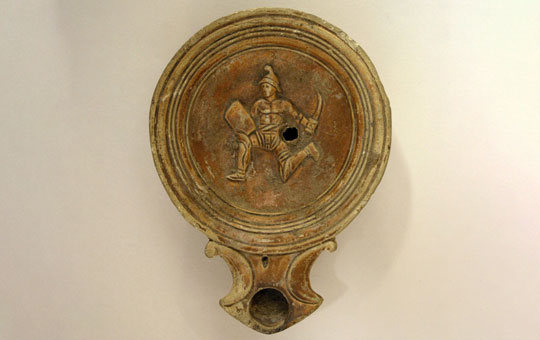
It is impossible to generalize about domestic life in the ancient Roman world. The Empire was vast. Climates, natural resources, and customs varied widely. The food, clothing, ousing, careers, and leisure activities in Roman Britain or Gaul differed greatly from those in the North African provinces or the Roman East.
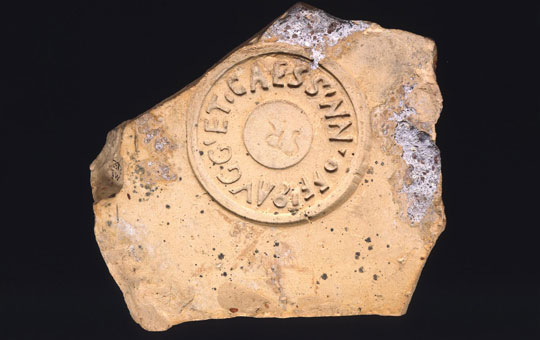
The Romans brought travel and communications to an unprecedented level during the 1st and 2nd centuries AD. They cleared the seas of pirates and developed a network of all-weather rods. Trade flourished.
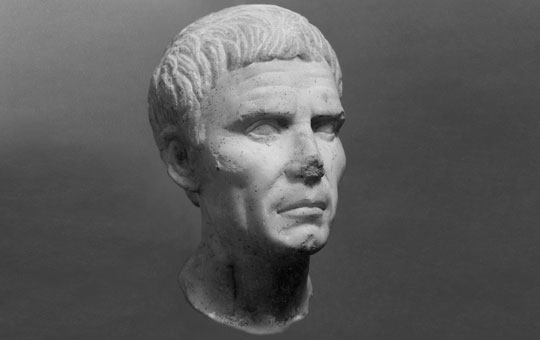
Minturnae lies 65 kilometers northwest of Naples, where the Via Appia crosses the Garigliano (ancient Liris) River on the border between Latium and Campania. Originally inhabited by Italic tribesmen called the Aurunci, it was conquered by the Romans in 313 BC. Eighteen years later it was colonized as a colonia civium Romanorum, intended to serve as a small military outpost.

Roman religion was a complex weave of cultic threads. The earliest Romans believed in animism, the divine powers residing in nature and the human environment. As time went on they expanded their religious horizons through contact with their Etruscan and South Italian and Sicilian Greek neighbors, whose gods took human forms and personalities. When adopted by the Romans these anthropomorphic Greco-Etruscan deities, with new names like Jupiter, Juno, and Mars, became the Roman pantheon familiar to us today.
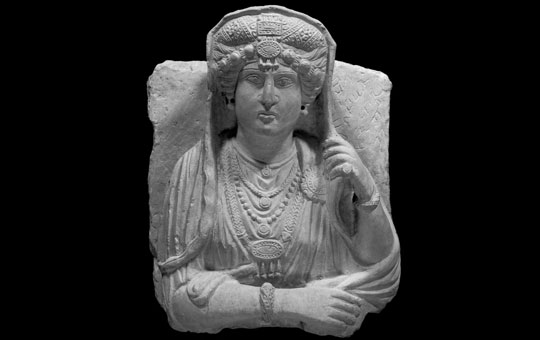
Roman funerary practices shifted between burning the bodies of the dead (cremation) and burying them intact (inhumation). Graves varied from simple tile-lined holes in the ground to extravagant above-ground monuments rising several storeys high.
Unlock the wonder of the human story and bring to life some of the world’s greatest evidence and mysteries of human history through a one-hour guided tour of the Penn Museum!